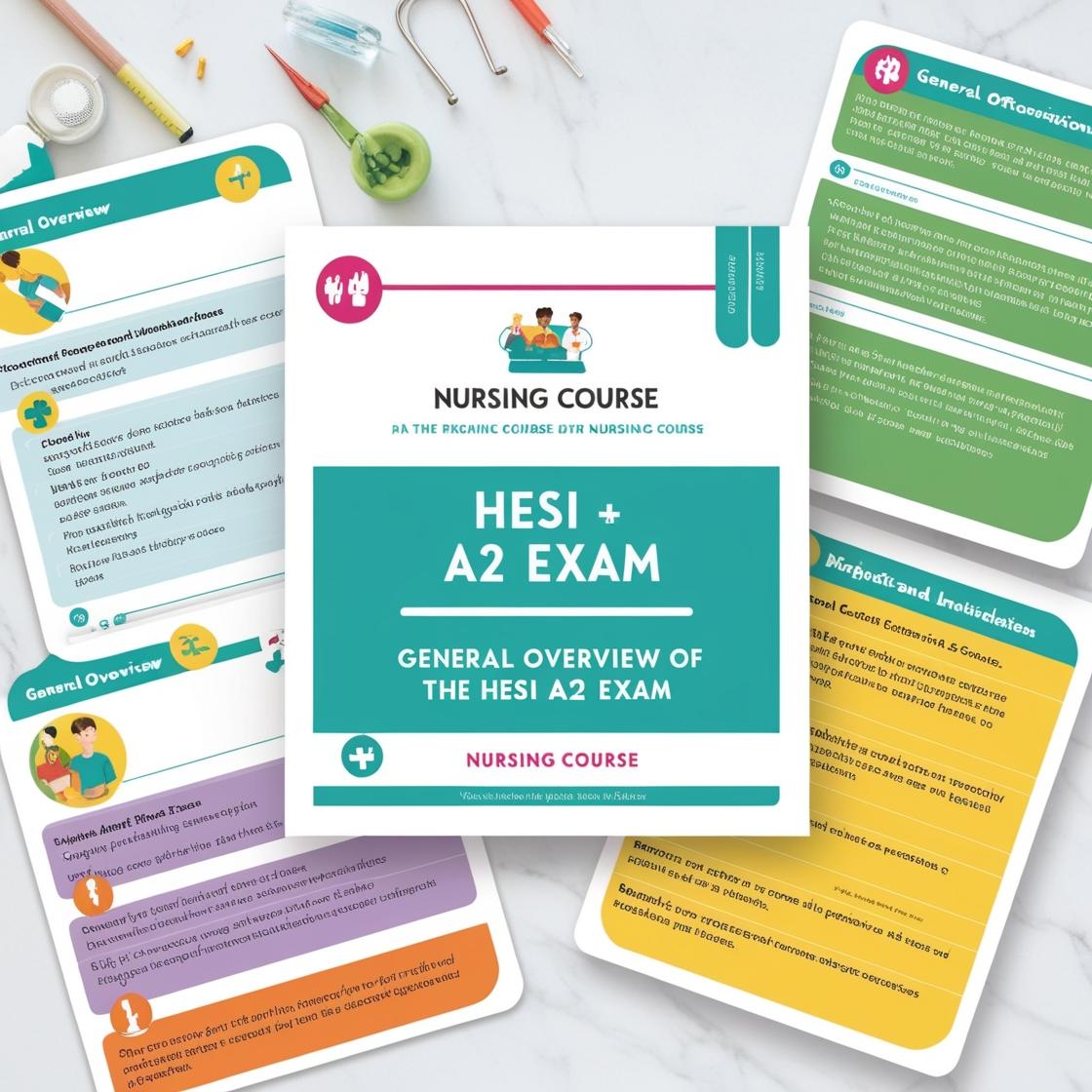HESI A2
Biology HESI A2 2024
1. Why is yeast used to make bread rise?
- A. It engages in photosynthesis, which produces oxygen gas.
- B. Carbon dioxide forms while yeast carries out photosynthesis.
- C. Yeast carries out fermentation, producing ethanol and carbon dioxide.
- D. Yeast breathes in oxygen and produces carbon dioxide through aerobic respiration.
Correct answer: C
Rationale: Yeast is used to make bread rise because it carries out fermentation, producing carbon dioxide gas. The carbon dioxide gas gets trapped in the dough, causing it to rise and create a fluffy texture in the bread. Choices A, B, and D are incorrect because yeast does not engage in photosynthesis, so it does not produce oxygen gas, does not carry out photosynthesis to form carbon dioxide, and does not produce carbon dioxide through aerobic respiration. Yeast's fermentation process is essential for bread rising.
2. How is mitosis different from meiosis?
- A. Mitosis is the process by which body cells are formed.
- B. Meiosis creates cells with half the chromosomes of the parent cell.
- C. Telophase occurs in both mitosis and meiosis.
- D. Spermatogenesis and oogenesis occur via meiosis.
Correct answer: B
Rationale: Meiosis is the type of cell division that creates cells with half the number of chromosomes compared to the parent cell. This is essential for sexual reproduction as it ensures that when the sex cells (sperm and egg) combine during fertilization, the resulting offspring has the correct number of chromosomes. In contrast, mitosis results in two identical daughter cells with the same number of chromosomes as the parent cell. Choice A is incorrect because mitosis is responsible for the division of body cells, not sex cells. Choice C is incorrect because telophase is a phase that occurs in both mitosis and meiosis. Choice D is incorrect because spermatogenesis and oogenesis involve meiosis, not mitosis.
3. Which statement is untrue?
- A. RNA is single-stranded.
- B. RNA contains uracil.
- C. DNA codes for proteins.
- D. DNA cannot be altered.
Correct answer: D
Rationale: DNA can be altered through various processes such as mutations, genetic engineering, and epigenetic modifications. Changes in DNA can occur naturally or through external influences, leading to variations in the genetic code. Therefore, the statement that DNA cannot be altered is untrue. Choices A, B, and C are true statements. RNA is indeed single-stranded, RNA contains uracil instead of thymine, and DNA serves as a template for protein synthesis.
4. Imagine that two parents both carry the recessive gene for cystic fibrosis. Any homozygous recessive offspring will manifest the disease. What percentage of the offspring is predicted to be carriers but not manifest the disease?
- A. 0%
- B. 25%
- C. 50%
- D. 100%
Correct answer: B
Rationale: When both parents carry the recessive gene for cystic fibrosis (homozygous recessive), there is a 25% chance for each offspring to inherit two recessive alleles and, therefore, manifest the disease. There is also a 50% chance for each offspring to inherit one recessive allele and one dominant allele, making them carriers of the disease but not manifest it. Therefore, 25% of the offspring are predicted to be carriers but not manifest the disease. Choice A (0%) is incorrect because there is a portion of offspring that will be carriers. Choice C (50%) is incorrect as this percentage corresponds to carriers who will not manifest the disease. Choice D (100%) is incorrect as not all offspring will be carriers and not manifest the disease.
5. A cell is in a solution in which the concentration of solutes is higher inside the cell than outside the cell. What would you expect to happen to the cell?
- A. It will swell and possibly burst.
- B. It will shrivel and shrink.
- C. It will maintain its current size.
- D. It will grow a supportive cell wall.
Correct answer: A
Rationale: When a cell is in a solution where the concentration of solutes is higher inside the cell than outside, it is in a hypertonic environment. In this situation, water will move into the cell in an attempt to equalize the concentration of solutes on both sides of the cell membrane through the process of osmosis. As a result, the cell will swell as it takes in more water, potentially leading to bursting or cell lysis. Choice B is incorrect because a cell in a hypertonic solution will not shrivel and shrink due to water moving into the cell. Choice C is incorrect because the cell will not maintain its current size; it will swell. Choice D is incorrect because growing a supportive cell wall is not the immediate response to being in a hypertonic environment.

Access More Features
HESI A2 Basic
$89/ 30 days
- 3,000 Questions with answers
- 30 days access
HESI A2 Premium
$129.99/ 90 days
- Actual HESI A2 Questions
- 3,000 questions with answers
- 90 days access
